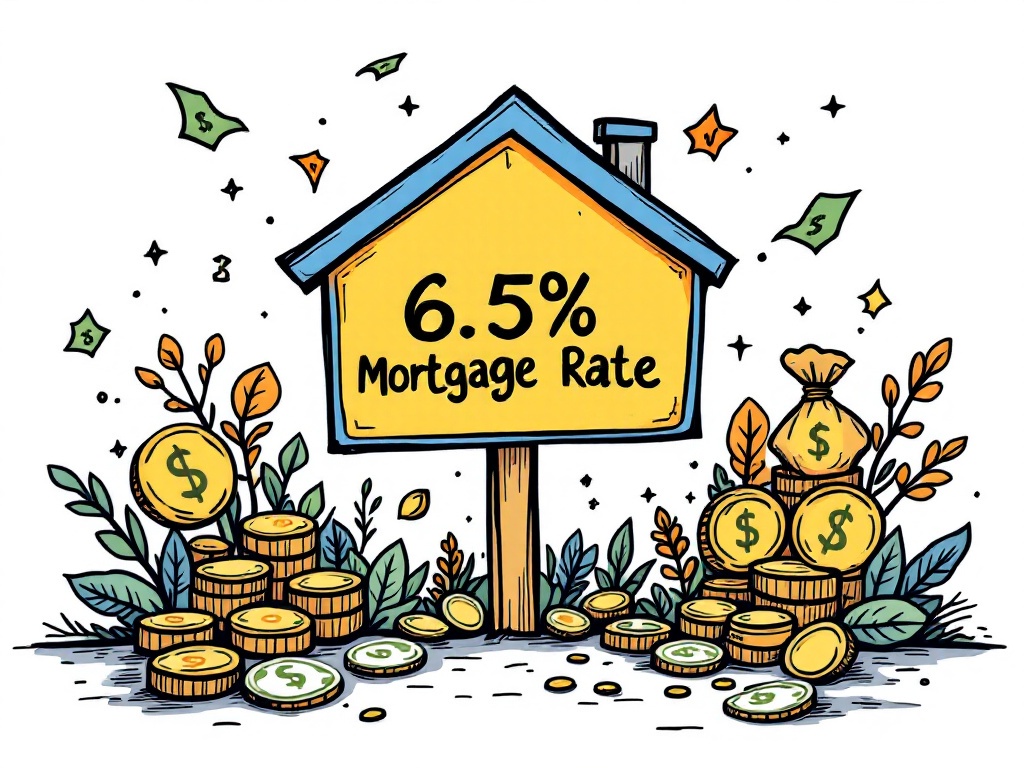Mortgage Rates Fall to 6.5% Amid Economic Challenges

New York, Thursday, 3 April 2025.
With mortgage rates decreasing to 6.5% as of April 2025, borrowers have an opportune moment, although the change hints at broader economic uncertainties affecting the financial landscape.
Current Market Conditions
As of April 3, 2025, mortgage rates have settled at 6.5%, marking a notable shift in the lending landscape [1]. This represents a decrease from March’s average of 6.75% [5], reflecting growing economic uncertainties. The movement comes amid experts’ predictions that rates will likely remain within the 6.5% to 7% range throughout April 2025 [4].
Economic Factors Driving the Decline
Several key factors are contributing to the current rate environment. The Federal Reserve’s recent policy shifts, particularly regarding U.S. Treasury management, are playing a crucial role in rate movements [4]. Adding to market complexity, President Trump’s April 1 announcement of new tariffs, including a 25% levy on foreign automakers, has intensified concerns about global trade tensions [5]. Economic experts warn that these tariffs could have inflationary effects, potentially complicating the Federal Reserve’s ability to manage interest rates effectively [4][5].
Impact on Housing Market
The current federal funds rate ranges between 4.25% and 4.5%, with market expectations of two potential rate cuts in 2025 [4]. Housing market analysts are closely monitoring several critical indicators, including the upcoming jobs report due on April 4, 2025, which could significantly influence rate trajectories [4]. The combination of high mortgage rates, persistent housing shortages, and inflated home prices continues to challenge market affordability [5].
Future Outlook
Market observers suggest that achieving mortgage rates below 3% remains highly unlikely without a severe economic downturn [5]. The Federal Reserve’s upcoming meeting in May will be crucial for market direction, as will key economic indicators such as the Consumer Price Index and consumer spending patterns [4]. Rising unemployment claims and a slowing labor market could push investors toward safer bonds, potentially leading to further rate decreases [4].